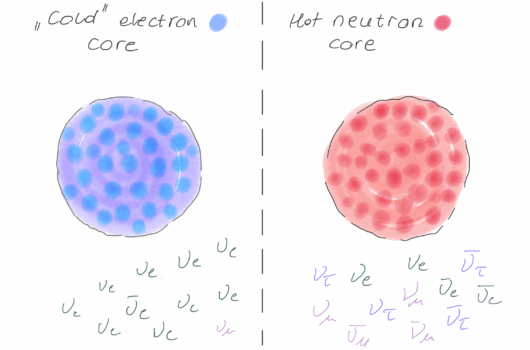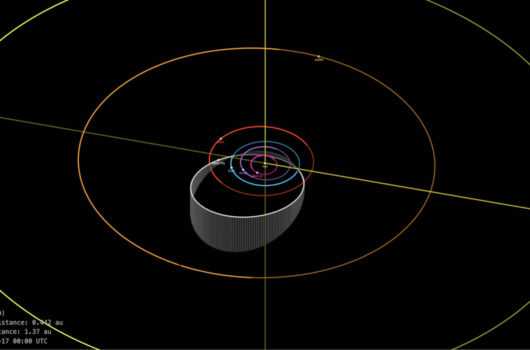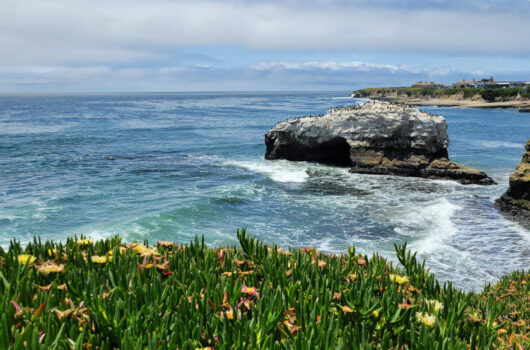Dense Nuclear Matter Equation of State from Heavy-Ion Collisions
Dense Nuclear Matter Equation of State from Heavy-Ion Collisions
View
Abstract
The nuclear equation of state (EOS) is at the center of numerous theoretical and experimental efforts in nuclear physics. With advances in microscopic theories for nuclear interactions, the availability of experiments probing nuclear matter under conditions not reached before, endeavors to develop sophisticated and reliable transport simulations to interpret these experiments, and the advent of multi-messenger astronomy, the next decade will bring new opportunities for determining the nuclear matter EOS, elucidating its dependence on density, temperature, and isospin asymmetry. Among controlled terrestrial experiments, collisions of heavy nuclei at intermediate beam energies (from a few tens of MeV/nucleon to about 25 GeV/nucleon in the fixed-target frame) probe the widest ranges of baryon density and temperature, enabling studies of nuclear matter from a few tenths to about 5 times the nuclear saturation density and for temperatures from a few to well above a hundred MeV, respectively. Collisions of neutron-rich isotopes further bring the opportunity to probe effects due to the isospin asymmetry. However, capitalizing on the enormous scientific effort aimed at uncovering the dense nuclear matter EOS, both at RHIC and at FRIB as well as at other international facilities, depends on the continued development of state-of-the-art hadronic transport simulations. This white paper highlights the essential role that heavy-ion collision experiments and hadronic transport simulations play in understanding strong interactions in dense nuclear matter, with an emphasis on how these efforts can be used together with microscopic approaches and neutron star studies to uncover the nuclear EOS.





